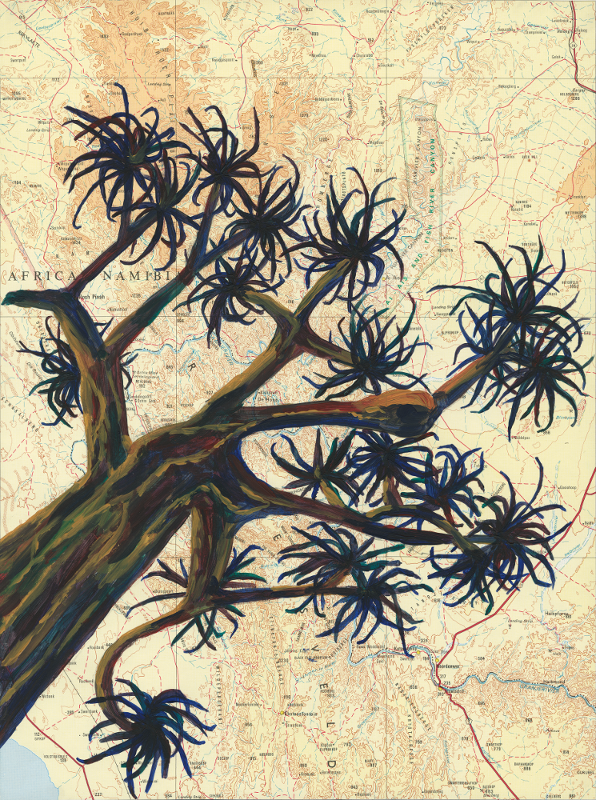Quiver Tree
Known as choje to the indigenous San people, the Quiver tree gets its English common name from the San people’s practice of hollowing out the tubular branches to form quivers for their arrows. In Afrikaans, its known as the Kokerboom.
The Quiver tree is a tall branching species of succulent plant - it’s not actually a tree at all. They are indigenous to Southern Africa, specifically found in the Northern Cape Richtersveld region and the Namib desert around the South African-Namibian border. It’s probably one of our best known aloes with its sculptural form, spectacularly patterned bark of golden scales, and the dense crown, formed by repeatedly forked branches (hence the species name dichotoma - dichotomous means forked).
Normally, due to the arid environment where they survive, Quiver trees stand alone, on rocky outcrops or as sentinels breaking the monotony of the desert sands. There are however a few exceptions to the rule. Just north of Nieuwoudtville in the Northern Cape, there is a farm that boasts the largest Quiver tree forest in the Southern Hemisphere.
Aloidendrom dichotoma
Original artwork: available
